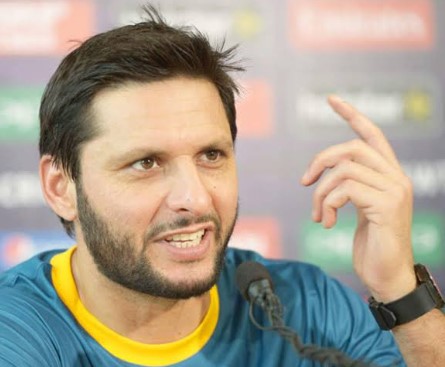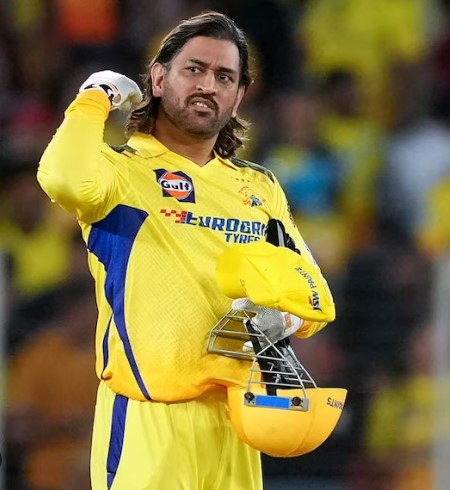Most Fours: Cricket is one of the most thrilling sports to watch, and when it comes to hitting boundaries, it elevates the excitement even more. A boundary, in the form of a four or a six, is not only a testament to a batsman’s skill but also a moment of joy for cricket fans across the globe. Over the years, the game has witnessed several record-breaking performances, especially when it comes to hitting fours and sixes. Some players have truly made their mark by going beyond expectations and breaking records in terms of hitting the most fours and sixes in a single match.
Most Fours: This article will explore the record for the most fours and sixes in a single cricket match, the players who have achieved such feats, and how these records have changed the landscape of limited-overs cricket.
Most Fours And Sixes In A Single Cricket Match

Most Fours: When it comes to limited-overs formats like One Day Internationals (ODIs) and T20s, boundaries become a key measure of success for a batsman. A batsman’s ability to hit a high number of fours and sixes in an innings showcases their power-hitting capability and helps the team to accelerate the run rate.
The Record Holders For Most Fours In A Single Match
Most Fours: The record for most fours in a single cricket match is held by Shahid Afridi, the former Pakistan all-rounder. Afridi, known for his aggressive batting style, created history by smashing an incredible 11 fours in a single ODI match. This remarkable feat was achieved during a match against Sri Lanka on October 4, 2010, at the Sheikh Zayed Stadium in Abu Dhabi.
Afridi, in his innings of 109 runs off 92 balls, not only created a record for the most fours but also helped Pakistan put up a massive total. His explosive batting during this match was a perfect example of his power-hitting abilities and his ability to control the game.
Record for Most Fours in an ODI Match:
| Rank | Player Name | Fours | Date of Record | Opponent | Match Format |
|---|---|---|---|---|---|
| 1 | Shahid Afridi | 11 | October 4, 2010 | Sri Lanka | ODI |
| 2 | Martin Guptill | 10 | February 20, 2015 | South Africa | ODI |
| 3 | Chris Gayle | 10 | February 24, 2015 | New Zealand | ODI |
| 4 | Brian Lara | 9 | May 31, 1999 | Pakistan | ODI |
| 5 | Sourav Ganguly | 9 | January 21, 2000 | Australia | ODI |
The Record Holders For Most Sixes In A Single Match

The record for the most sixes in a single cricket match is a title held by Shahid Afridi once again. This record-breaking feat was achieved during the same match where he hit 11 fours. Afridi, in his innings of 109 runs, managed to smash 8 sixes. This combination of hitting both fours and sixes helped him set a record for the most boundaries in a single match (both fours and sixes combined).
Afridi’s six-hitting prowess in that particular match was legendary, and the sheer power with which he hit the ball made it a truly memorable encounter. His sixes not only cleared the boundary with ease but also generated an aura of excitement for everyone watching.
Record for Most Sixes in an ODI Match:
| Rank | Player Name | Sixes | Date of Record | Opponent | Match Format |
|---|---|---|---|---|---|
| 1 | Shahid Afridi | 8 | October 4, 2010 | Sri Lanka | ODI |
| 2 | Chris Gayle | 16 | February 24, 2015 | New Zealand | ODI |
| 3 | Martin Guptill | 9 | February 20, 2015 | South Africa | ODI |
| 4 | Corey Anderson | 9 | January 1, 2014 | India | ODI |
| 5 | MS Dhoni | 10 | January 19, 2017 | England | ODI |
Why Are Boundaries So Important In Cricket?

Boundaries are crucial in limited-overs cricket for a variety of reasons. A boundary in cricket, whether it is a four or a six, not only rewards the batsman with extra runs but also contributes significantly to the team’s run rate. When a batsman hits multiple boundaries, it puts immense pressure on the opposition, especially bowlers and fielders, who are forced to adjust their tactics.
Additionally, boundaries boost the confidence of the batsman and can shift the momentum of a match. Batsmen with the ability to clear the boundary regularly are seen as the game-changers in modern cricket. Players like Chris Gayle, Martin Guptill, and Afridi, who can hit sixes with ease, have proved to be match-winners for their respective teams.
The Evolution Of Power Hitting In Modern Cricket
With the advent of T20 cricket, the importance of power hitting has increased manifold. The limited-overs formats, especially T20, place a premium on batsmen who can clear the boundary consistently. The introduction of the Indian Premier League (IPL) in 2008 further amplified the significance of boundary-hitting. In T20 matches, batsmen are encouraged to go after the bowlers from the very first ball, and sixes and fours play a critical role in the outcome of the match.
Batsmen like Chris Gayle, AB de Villiers, Dwayne Bravo, and Kieron Pollard have become synonymous with boundary-hitting. Gayle, in particular, has made a name for himself by smashing multiple sixes and fours in T20 matches. In fact, he holds the record for the most sixes in a T20 match, a feat he achieved during the 2013 T20 World Cup.
In ODIs, batsmen have continued to evolve their game, focusing on both power and placement to get maximum runs in the shortest amount of time. Players like MS Dhoni, Virat Kohli, and David Warner are great examples of how modern batsmen mix skill with power to get their boundaries.
The Role Of Technology In Tracking Boundaries

In modern-day cricket, technology plays a pivotal role in recording and analyzing the number of fours and sixes hit during a match. Tools like Hawk-Eye, UltraEdge, and even traditional ball-tracking systems help in providing precise data for the number of boundaries hit in any given game. Additionally, players and coaches use this data to analyze the effectiveness of a batsman’s power hitting and adapt their strategies accordingly.
The record for most fours and sixes in a single cricket match has evolved over time, and some extraordinary performances have taken place on the cricket field. Shahid Afridi’s record of 11 fours and 8 sixes in an ODI match is one of the most significant milestones in the history of the sport. As the game continues to evolve, power-hitting will remain a central theme in the shorter formats, with batsmen constantly pushing the boundaries to break records and entertain fans worldwide.
The changing dynamics of the game, the rise of T20 leagues, and the increasing importance of power-hitting will ensure that these records continue to be challenged, and the excitement of watching boundaries will remain at the heart of cricket’s charm.

